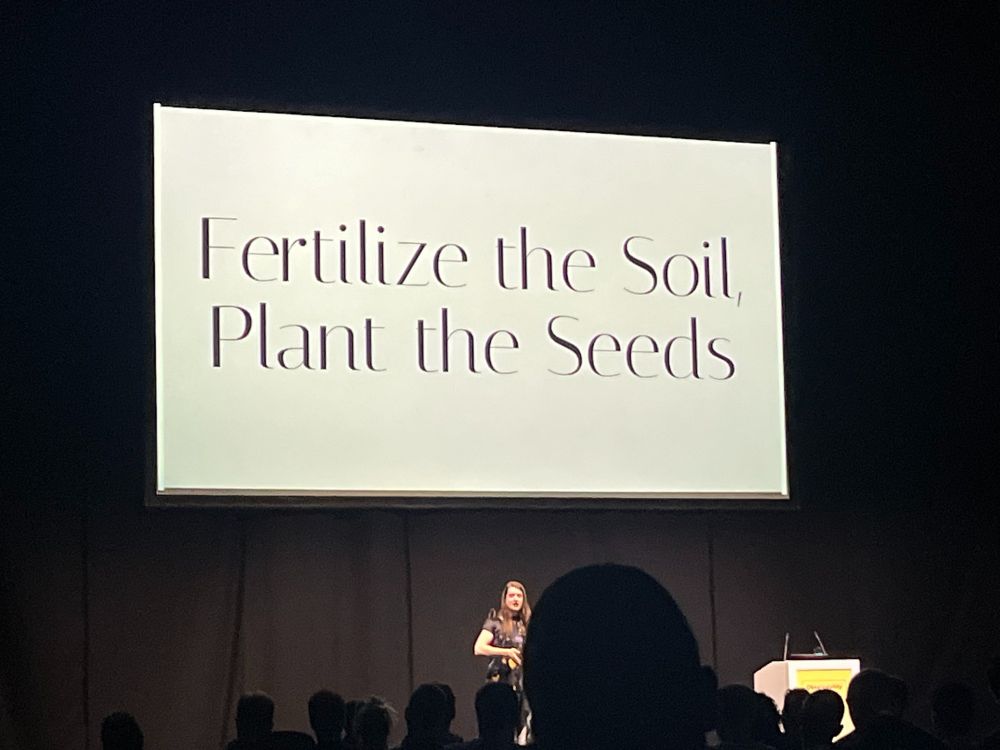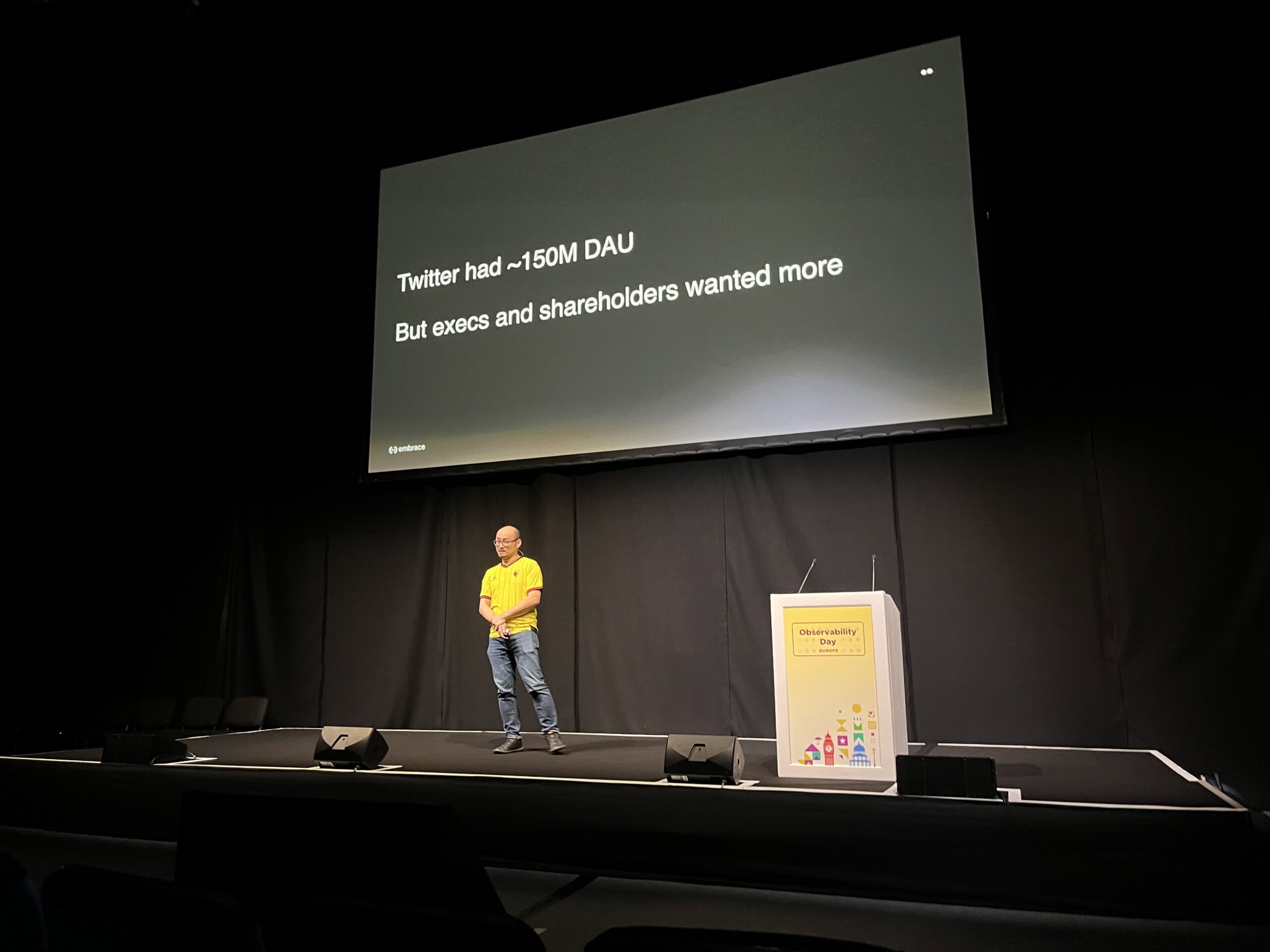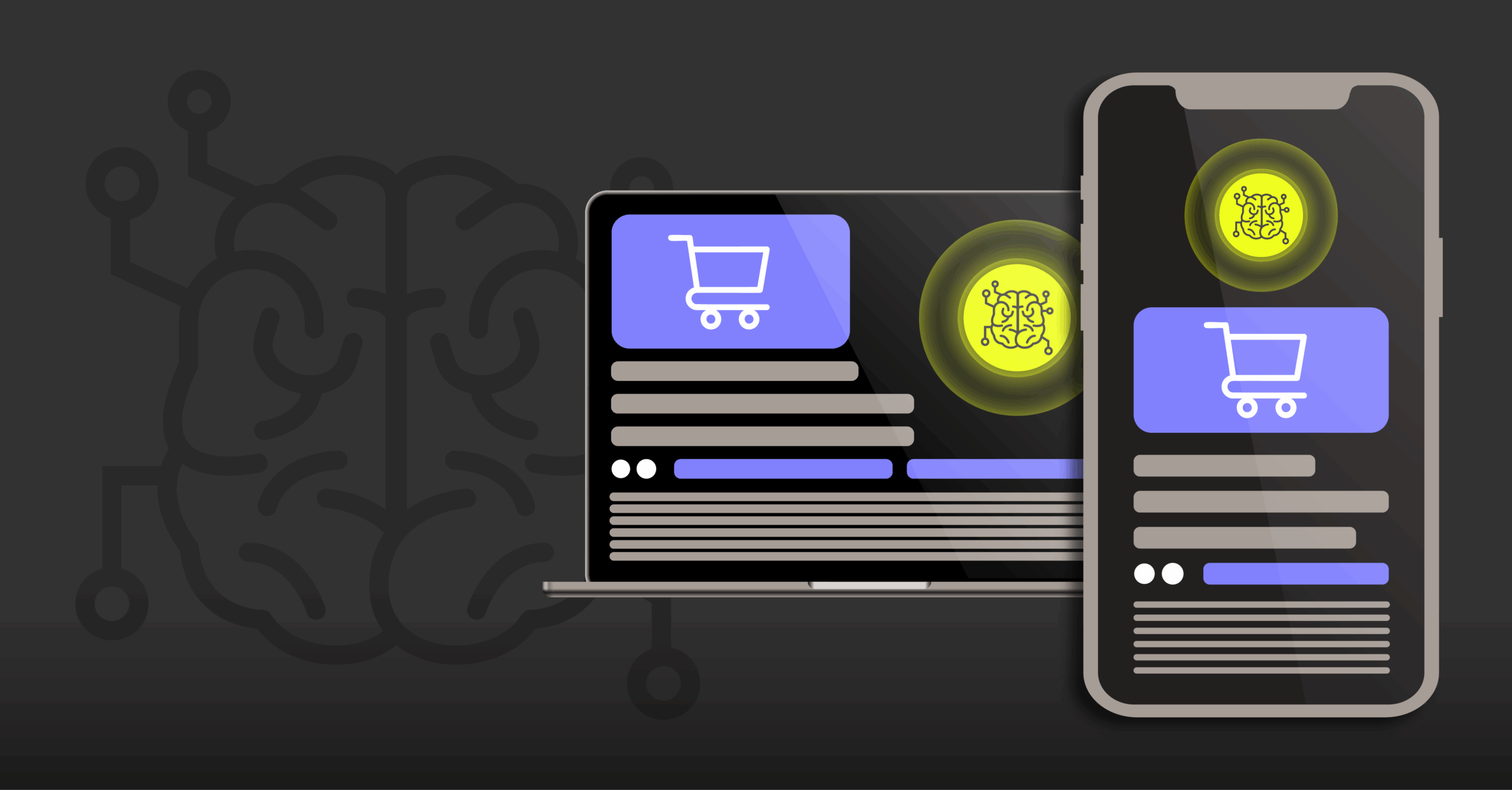
Embrace has been a Cloud Native Computing Foundation member since 2024. And yet, we’ve never been to KubeCon! We went to KubeCon+CloudNativeCon Europe 2025 in London to interact with our ecosystem.
We spent the time on the ground learning about projects across cloud native. Some were very familiar, some less-so. What we learned: people are learning from their technical systems, they are using OpenTelemetry in all sorts of ways, but maybe not around users.





